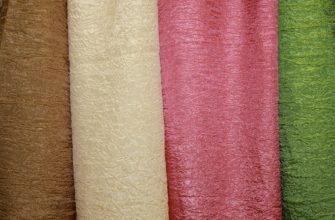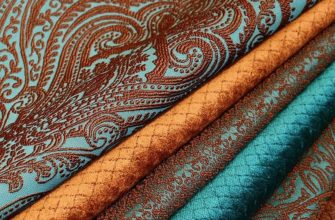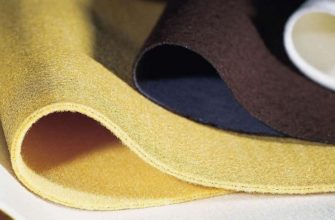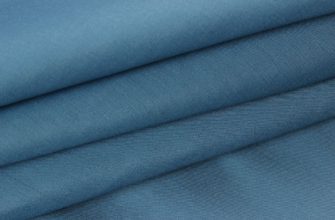Plush fabrics that create a comfortable atmosphere in the house and coziness resemble a soft sofa and plush toys. The special texture will lift your spirits and warm you from the cold. In autumn and winter, plush is especially relevant, you can put on a sweatshirt or jumper, trousers with long pile and enjoy a cup of hot tea.
What is plush and where is it used
First of all, it is a fabric that has piles from 2 to 15 mm long. The fibers are elongated and evenly distributed over the material. In some cases, the pile occupies only part of the product. It is necessary to smooth the pile in one direction. During production, this material is laid with special brushes. At home, you can not worry and take care of the plush with the simplest brush.

What products are made from plush?
- Sweatshirts, sweaters, turtlenecks, jumpers;
- Blankets and throws;
- Covers for sofas and armchairs
- Soft toys especially for children: bears, rabbits, dogs, cats;
- Bathrobes;
- Cute rugs for the bathroom and bedroom;
- Slippers, booties and loafers;
- Cosplay images;
- Hats for children, teenagers and young people.
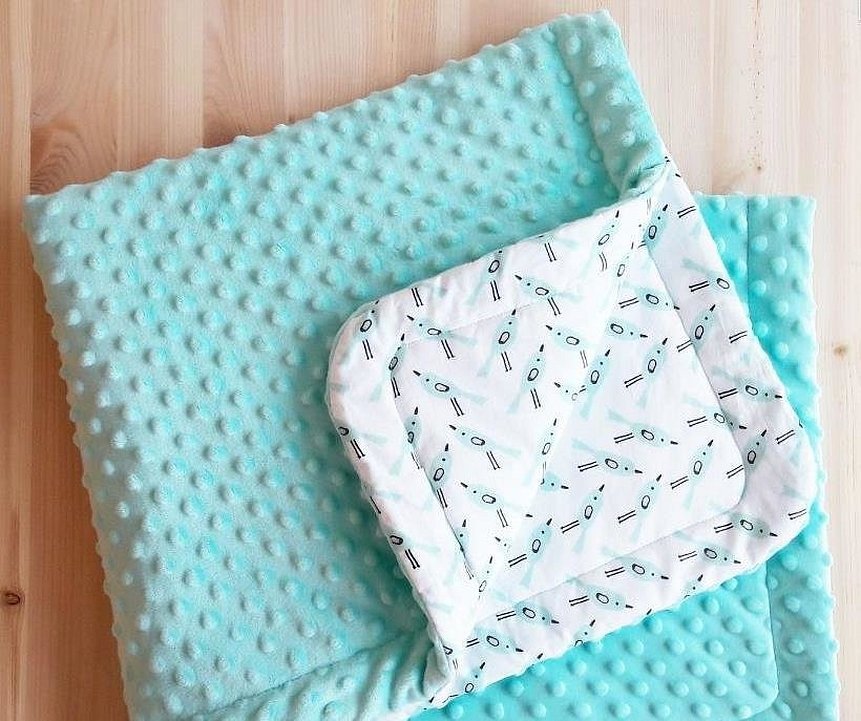
Many different things are made from this practical fabric, mainly for autumn or winter.
Raw materials and fabric production
The method of creation is similar to the production of fashionable velvet, the only exception is the size of the pile on the products. Also, during the production of plush, 2 threads are placed on the needle. Accordingly, the loops of the inner edge become really elongated, and on the visible side - very short. The elongated threads are located closer to the hooks of the needles. The main fibers are called ground, and the rest are called plush. To sew a smooth material, it is necessary to place 1 thread in a long loop, and the second - in the one that is shorter.
To create a pattern on the surface, a completely different method is needed. Therefore, everything depends on the types of plush and different types of devices are used for each. For example, to create a fabric with a pile of up to 15 or even 17 mm, it is necessary to take into service special 2-bed circular machines or Raschel machines. And the jersey type of device is obtained by using viscose threads from 2 to 5 mm or cotton yarn and a single-bed machine. After all, since the beginning of time, the most natural silk was used to make canvas.
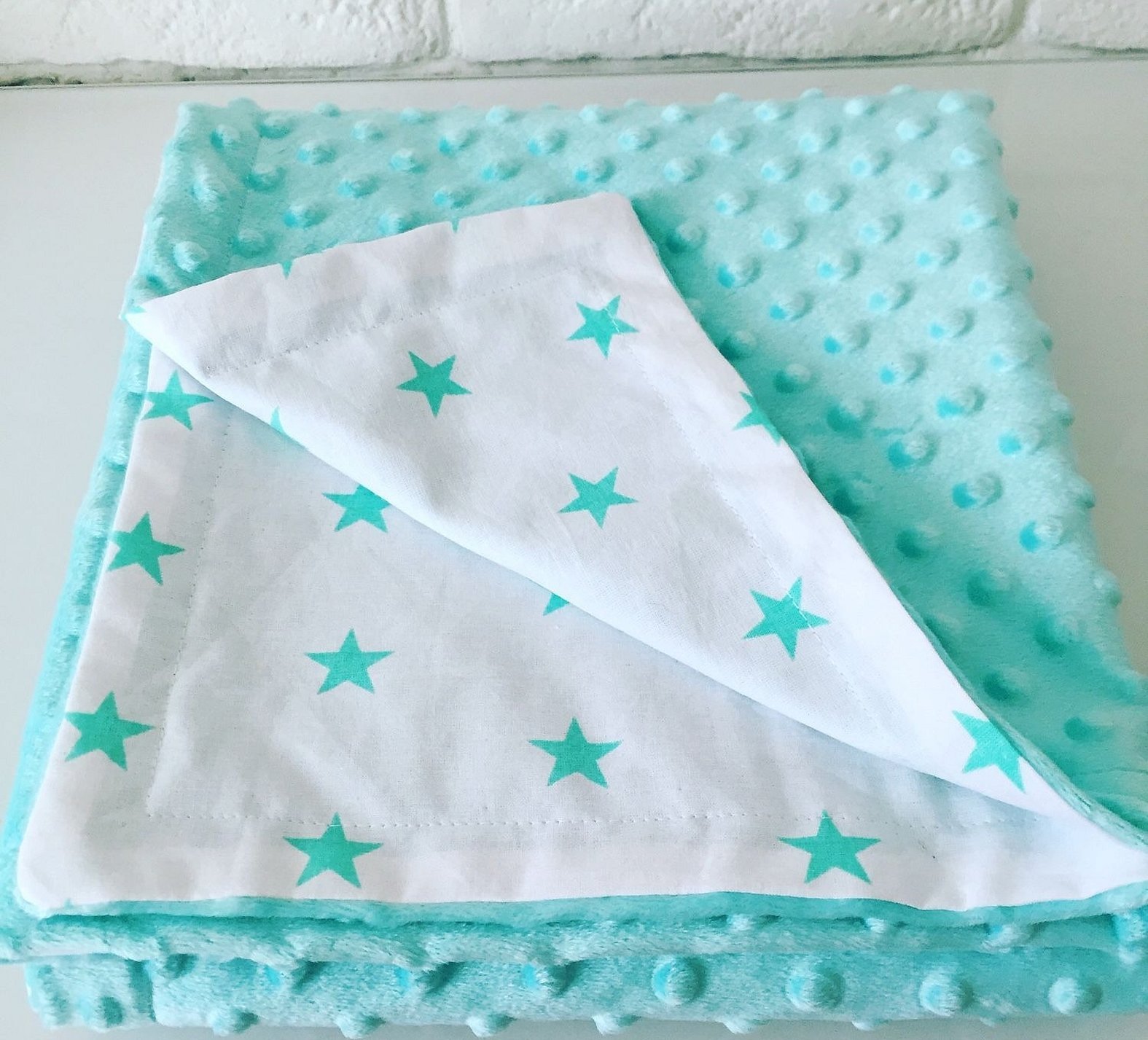
In modern times it is also used, but at the same time such clothes are greatly overpriced and not everyone can buy the product at such a price. And to reduce the cost, the basic base is made using viscose silk, cotton, wool or staple yarn.
Main characteristics
Plush fabric has a really high pile. The length varies from 2 to 10 mm, and sometimes up to 15 mm. The pile is optimally thick, suitable for many types of clothing and soft goods. Plush material is characterized by three thread systems. The base is cotton fabric, the weft threads create a special "ground", then the pile is made using wool or silk. The decoration can be in the form of embossing, which is applied using a special stencil. Then it is allowed to create patterns and designs on the plush. Finished clothes or goods look great in the interior and are in fashion.
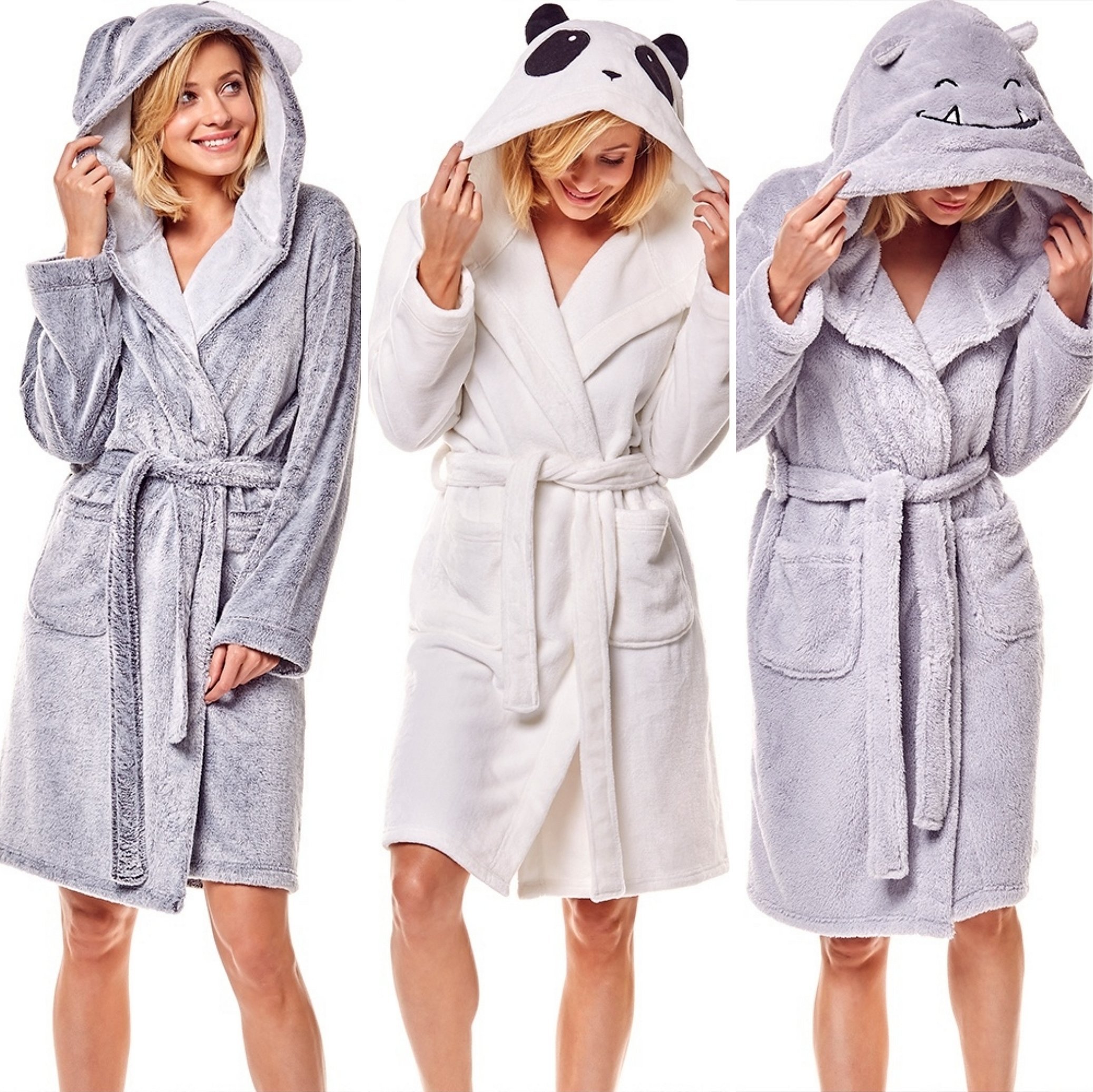
Important! Despite the impressive undercoat, the material is really easy to rebuild depending on the necessary conditions. It drapes quickly, there are no wrinkled edges and terrible creases in clothes. In addition, the fabric retains heat at the proper level and helps to insulate from the cold. Almost all the properties are reduced to pluses and the fabric does not harm the skin.
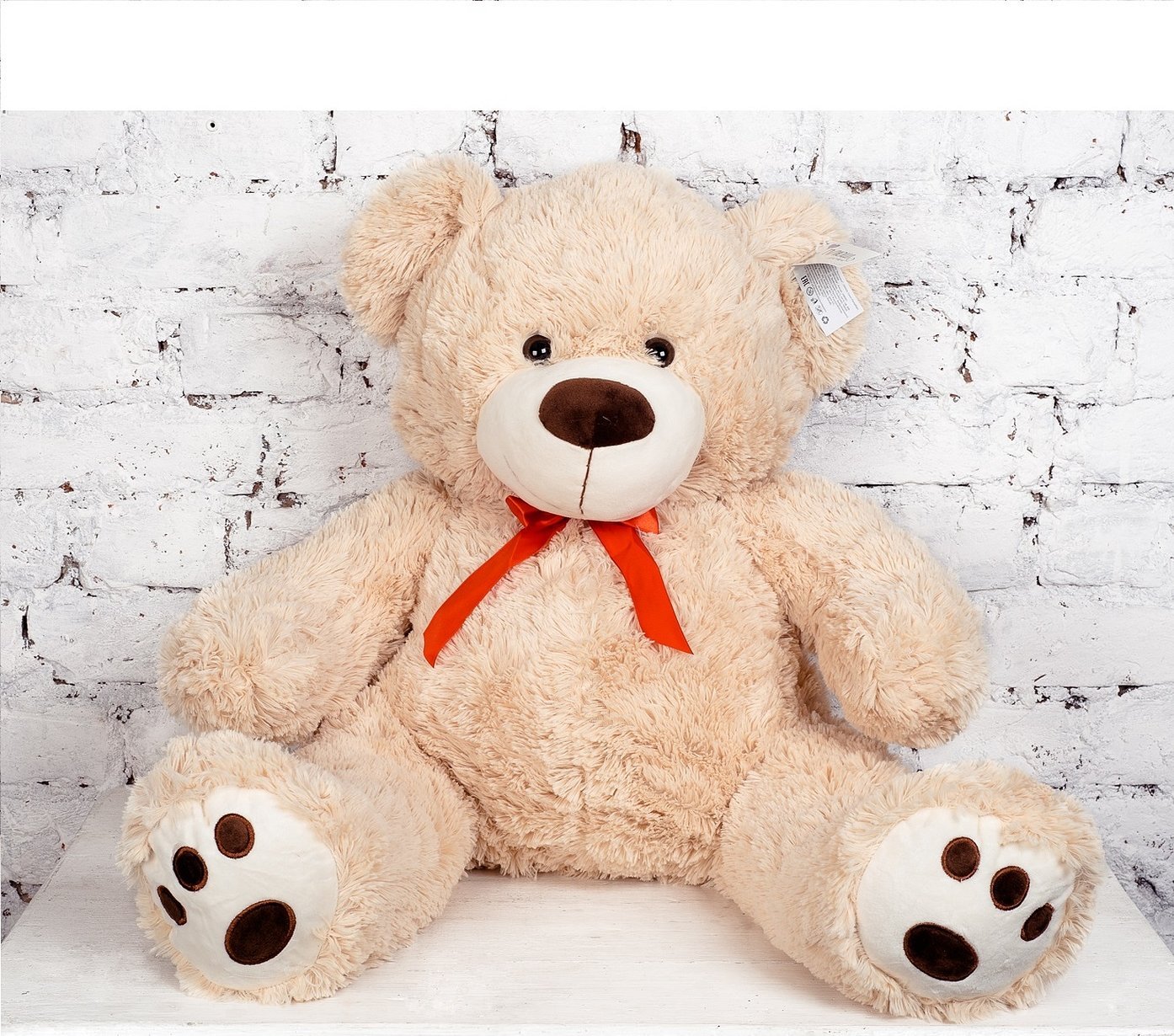
Types
We have found out what plush is, and now we need to understand the types of this material.
The difference in the canvas may depend on certain indicators:
- Colors - with one color, two, three or a whole rainbow;
- Drawings - small, medium, full-surface;
- Production methods;
- Material - wool and cotton variations are formed;
- Finishes - patterned, smooth, embossed and patterned fabric;
- Fiber types: single-sided, cut, looped, double-sided options.
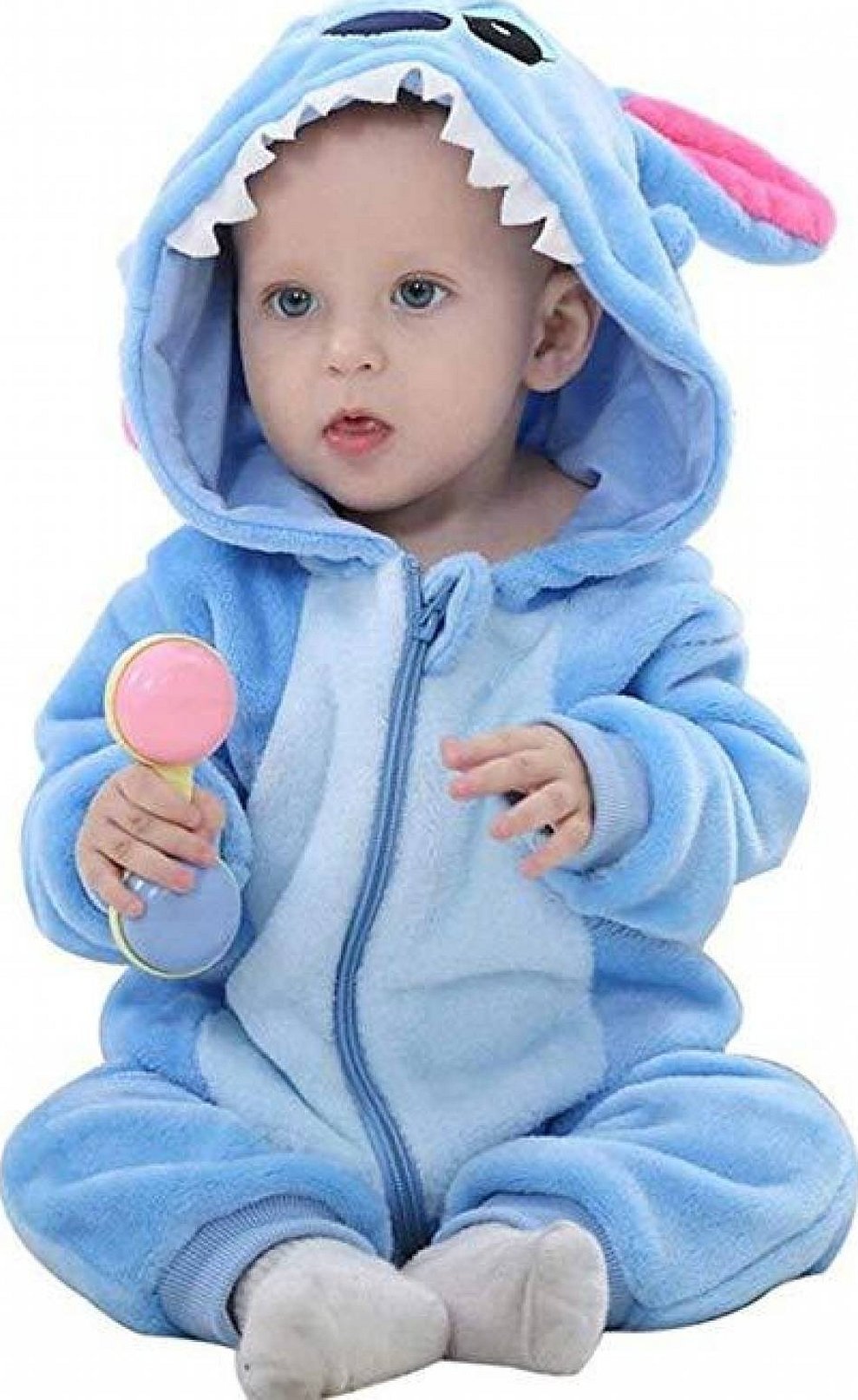
Depending on the material, there are the following types of plush: wool and cotton. Wool material is too similar in appearance to fur, but it is made of natural threads. The weight of this fabric per 1 m is only 550-900 grams. The durable fabric is protected from ruptures and damage. A thick layer of villi helps not to freeze even in the coldest time of the year. You can warm your palms and the whole body in a plush outfit. And the cotton variation contains two cotton warps and weft threads. The composition includes wool and silk threads from viscose.
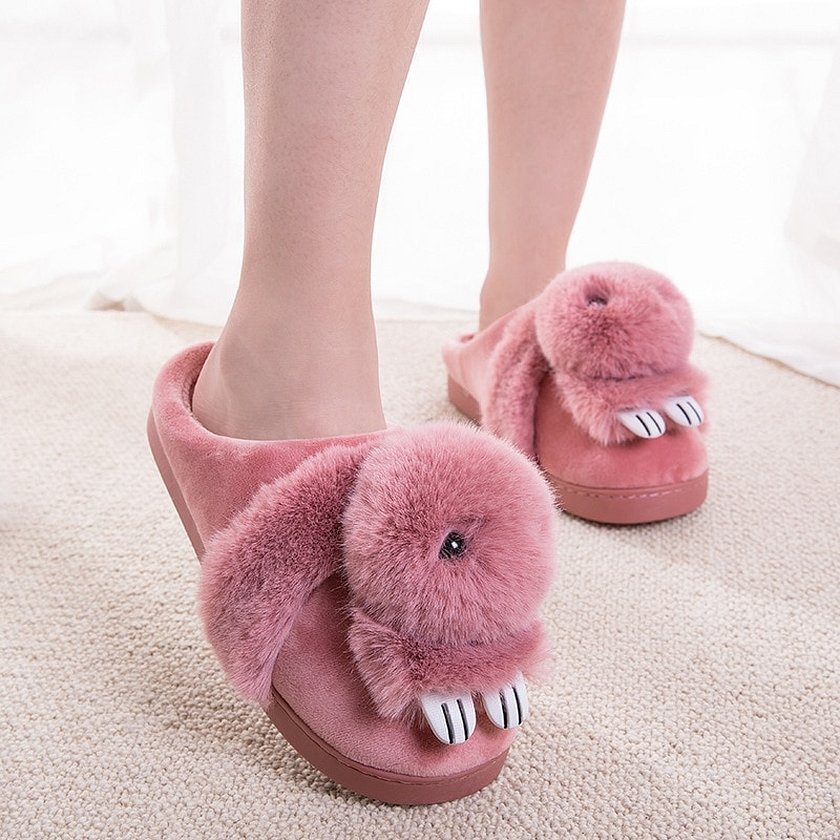
By fibers, the material can be: Loop, One-sided, Cut, Double-sided. The loop method of production is very similar to the production of terry cloth. And the cut method basically resembles the production of velvet, which is known in fashion trends. The material has a variety of long villi, which are directed only upwards and in one direction. To make such plush, you need to use special knitting machines. When producing fabric, to create a pile of this type, additional threads are included in the ground.
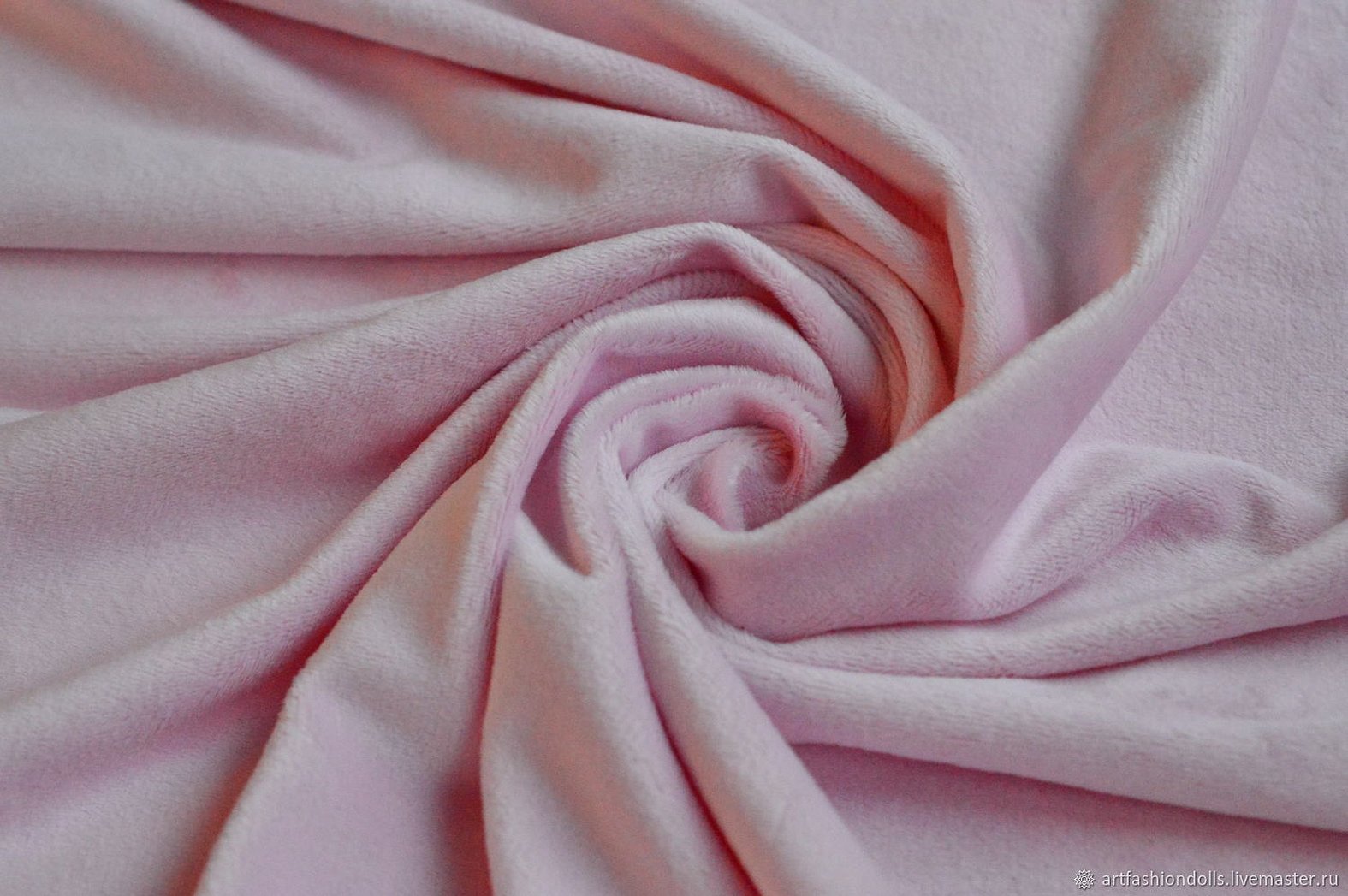
Please note! Threads form broaches that help form loop weaving on this material. Plush fabric can be warp-knitted or cross-knitted. And also natural and artificial, in double-sided and single-sided variations. Villi on one side or both at once, it all depends on the preferences of consumers of soft goods.
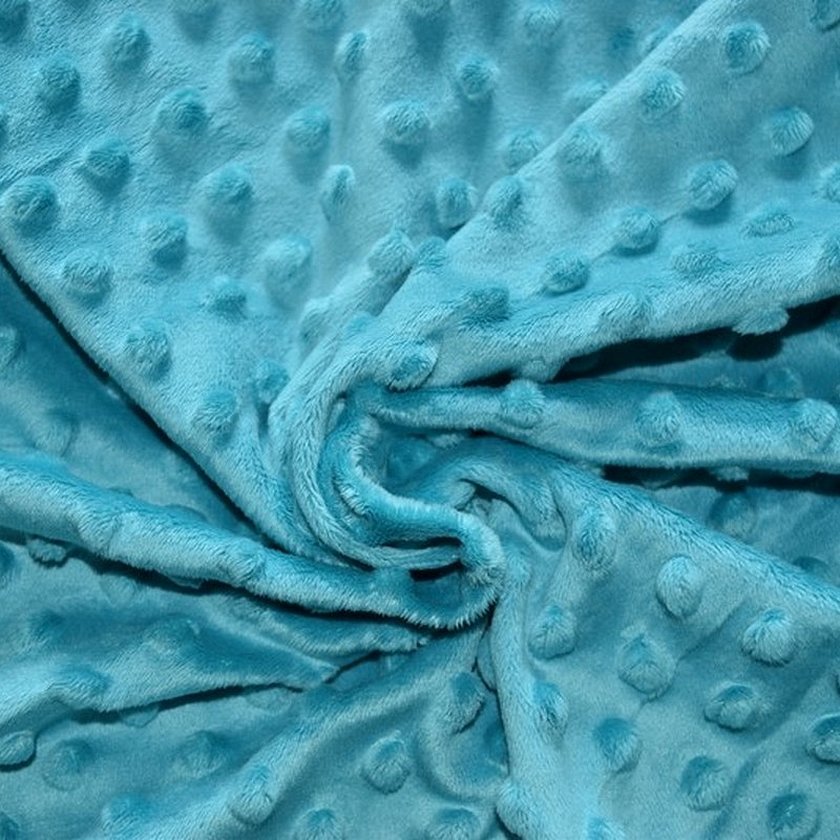
What can be sewn from minky plush
Minky plush is one of the new and really popular fabrics, similar in appearance to classic plush. This name can be written as Minkee, and changes from time to time. In fact, it has become famous as a synthetic material. Minky contains a soft, smooth texture with short villi. At the very beginning, the material was used to produce comfortable blankets or children's blankets, but later it began to spread in other products for teenagers and adults, and then for sewing decorative toys in the house. If you urgently need to create comfort, plush will push unpleasant wool aside. And in fact, it is not inferior to other fabrics in retaining heat, even fleece will not help to overcome this fabric. Moreover, minky plush is not afraid of physical impacts and will not burn in the sun, will not deteriorate when washed.
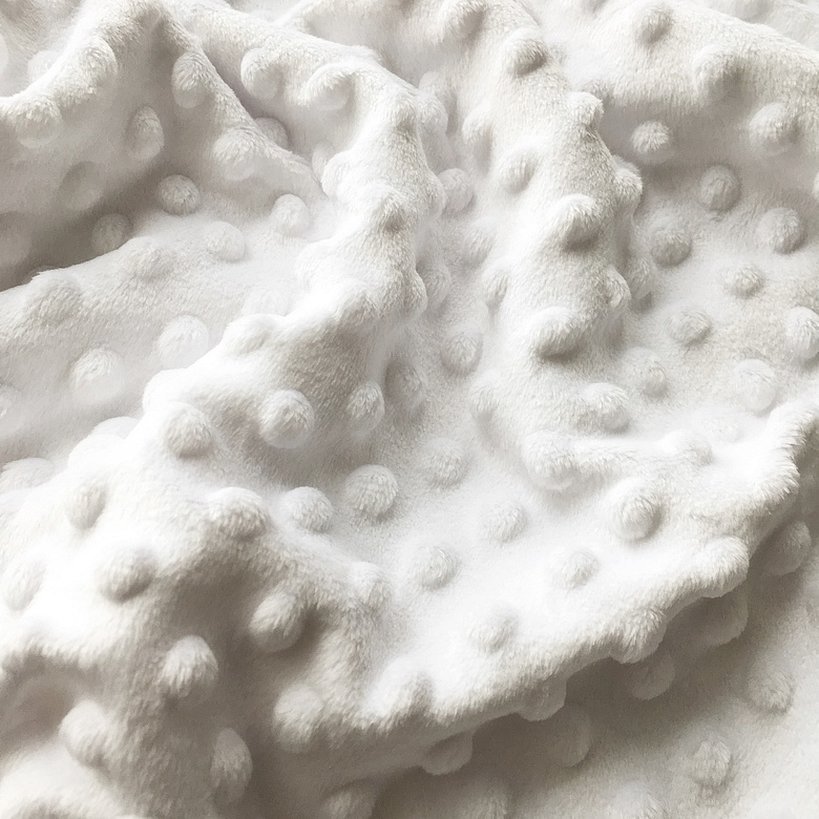
Cutting and sewing
Plush material, what is it and how to sew blankets, slippers or sweaters correctly, it is actually easy to figure out. The finishing can be shaped, smooth, patterned and embossed. What is better and how to distinguish it should definitely be written in books on handicrafts. What finishing is suitable for a Teddy bear or a warm jumper, it is not difficult to guess. However, it is necessary to know several significant features and different ways of finishing the fabric in advance, so as not to make stupid mistakes later when making or consuming this material.
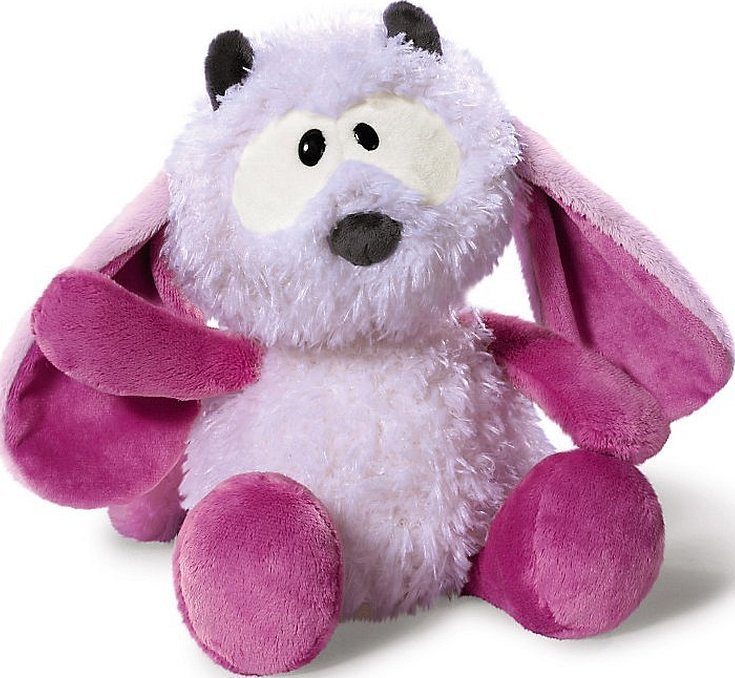
Plush is, first of all, soft and light, synthetics in many versions of any warm clothing.
The patterned version is unique due to the interweaving of fibers of different lengths. And the shaped finishing method assumes the content of the patterned in a more complex method, where there are more edges. The smooth method turned out to be the simplest, in which the pile is always the same length on the canvas. And the embossed variation is characterized by the fact that the pile is laid in various directions.
Care instructions
Rules for washing, drying and ironing
Special fabric requires proper care. The external shine of warm sweaters and cardigans directly depends on the ability to care for products of this type. Incorrect actions can lead to terrible consequences. Plush is quite capricious and delicate both inside and outside.
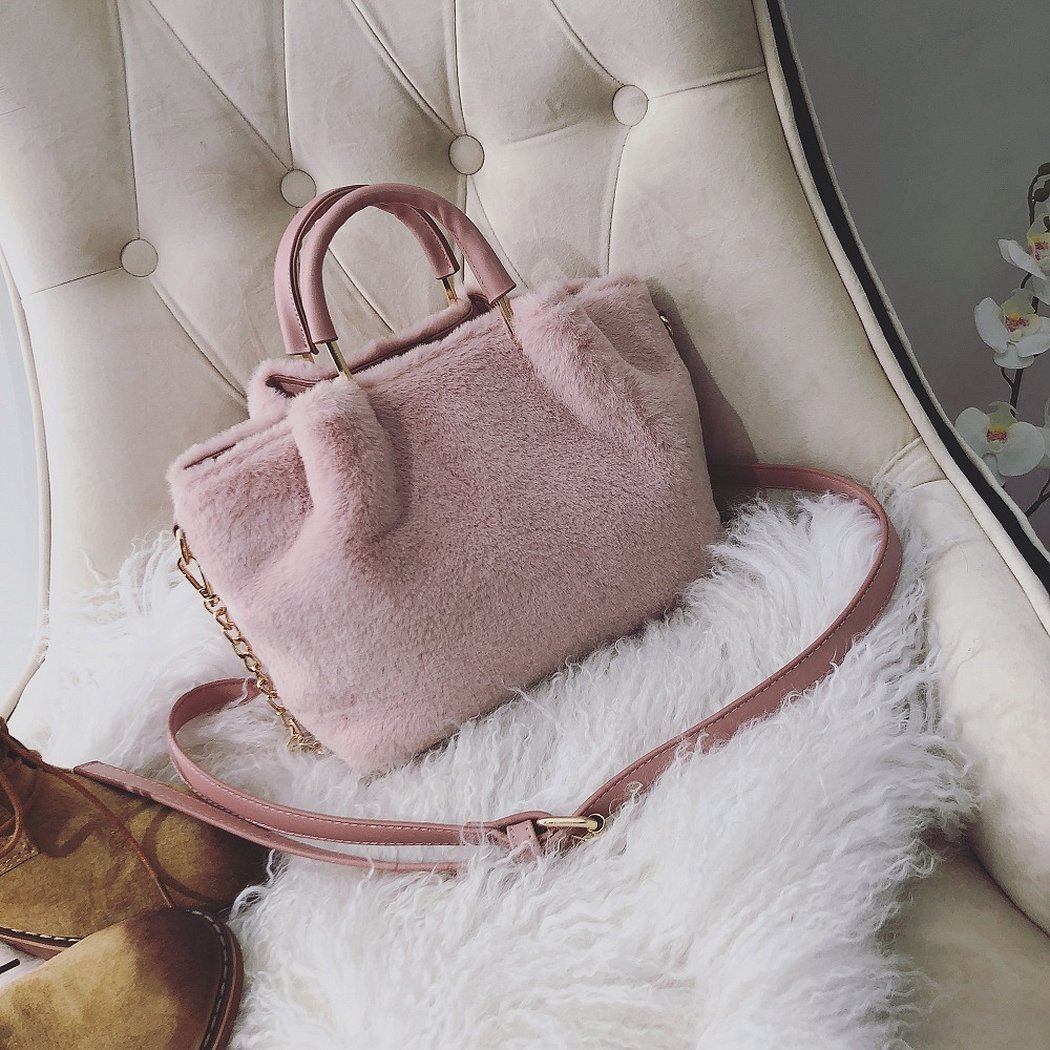
Rules to follow:
- Carefully study the composition of the material.
- Take your clothes to the dry cleaner.
- To wash without the help of specialists, you need to put it in the machine on a delicate cycle.
- After the time has passed, never squeeze things out of this material.
- To iron a sweatshirt, you should use the special vertical steaming function.
- You can't just iron like that.
- To get rid of dust and stains on things, you need to buy a special brush and soft products with almost no chemicals. Preferably on a natural basis and handle the clothes carefully.
- Enjoy the beautiful view of plush, which always decorates and enriches the interior.
Advantages and disadvantages
It is enough to take just one meter of plush, and all the advantages along with the disadvantages will become known.
Advantages:
- presentability;
- convenience in decoration;
- wide range of applications;
- reliability;
- the ability to retain heat inside things;
- durability of color and shape.

However, there are still some disadvantages. It won't be difficult to find out about them.
Flaws:
- too expensive to purchase;
- stains and blood are difficult to remove;
- constantly catch dust;
- If you don't have the skills to take care of them, they will spoil instantly.
With all the different ways of looking at the soft plush fabric, we can say that the canvas really deserves attention. Whether to buy the fabric is up to each person individually. For lovers of fashion and aesthetics, this is a real treasure trove of inspiration, missing warmth on a frosty evening and a source of new impressions. It is never too late to change everything and change the design of sofas and rugs in the house, adding a few shades of plush.

